![图片[1]-Ultra-HD 4K Aerial Photography Drones with 30-Minute Flight Time: Balancing Precision and Endurance-msoen](https://www.msoen.com/wp-content/uploads/2025/05/66bb7ae8de003335-768x1024.png)
![图片[2]-Ultra-HD 4K Aerial Photography Drones with 30-Minute Flight Time: Balancing Precision and Endurance-msoen](https://www.msoen.com/wp-content/uploads/2025/05/f3168f79fc003323-768x1024.png)
![图片[3]-Ultra-HD 4K Aerial Photography Drones with 30-Minute Flight Time: Balancing Precision and Endurance-msoen](https://www.msoen.com/wp-content/uploads/2025/05/f680200cf2003311-768x1024.png)
![图片[4]-Ultra-HD 4K Aerial Photography Drones with 30-Minute Flight Time: Balancing Precision and Endurance-msoen](https://www.msoen.com/wp-content/uploads/2025/05/b37ee6fd28003258-683x1024.png)
The evolution of drones has redefined aerial photography, merging cutting-edge imaging technology with extended operational capabilities. Among the most sought-after innovations are Ultra-HD 4K drones equipped with 30-minute flight times, striking a balance between professional-grade performance and usability. This article explores the technical advancements, practical applications, and considerations for pilots seeking drones that deliver crisp aerial visuals and prolonged flight efficiency.
Defining Ultra-HD 4K Imaging
Ultra-HD 4K resolution (3840×2160 pixels) offers four times the clarity of 1080p HD, making it ideal for capturing intricate details in landscapes, architecture, or action sequences. Key features enabling this capability include:
- Large-Sensor Cameras: Typically 1-inch or larger sensors with 20–40MP sensors, enhancing low-light performance and dynamic range.
- Advanced Stabilization: Mechanical gimbals or 3-axis EIS systems minimize shake, ensuring smooth footage even in windy conditions.
- HDR and High Frame Rates: Support for 10-bit color depth, HDR modes, and 60fps/120fps recording for cinematic effects.
30-Minute Flight Time: A Game-Changer
Extended flight duration addresses a persistent pain point in drone photography. Here’s how 30-minute flight times impact usability:
- Extended Shooting Windows: Capture sunsets, wildlife, or large-scale projects without frequent recharging.
- Professional Workflow: Reduces downtime for crews working on film sets, construction surveys, or agricultural mapping.
- Battery Technology: Often employs high-capacity lithium-polymer (LiPo) batteries paired with energy-efficient motors.
Comparison: Entry-level drones typically offer 20–25 minutes, while premium models reach 35–40 minutes. A 30-minute runtime positions these drones as versatile tools for semi-professionals and enthusiasts.
Core Features for Optimal Performance
- Camera and Gimbal Systems
- 4K Ultra-HD Sensor: Captures detailed footage with minimal noise, even in low-light conditions.
- Gimbal Stabilization: 3-axis gimbals prevent shaky footage during flight maneuvers or windy conditions.
- Zoom and Focus: Optical zoom (2–4x) preserves clarity when framing subjects at a distance.
- Flight Performance
- Range and Altitude: Transmitter range up to 10 km (6 miles) and altitude limits of 100–400 meters (regulation-dependent).
- Obstacle Avoidance: Forward, downward, and rear-facing sensors prevent collisions during complex flights.
- Speed and Agility: Cruise speeds of 10–20 m/s (36–72 km/h) for dynamic shots.
- Smart Features
- Active Tracking: AI-powered subject recognition follows moving objects (e.g., athletes, vehicles).
- Automated Modes: Orbit, waypoint navigation, and follow-me modes simplify complex shots.
- Live Streaming: Real-time 4K video transmission to smartphones or ground stations.
Applications Across Industries
- Filmmaking and Broadcast
- Capture sweeping drone shots for movies, documentaries, or sports events.
- Stabilized 4K footage reduces post-production time for color grading and stabilization.
- Real Estate and Architecture
- Highlight property landscapes, rooftops, or urban developments with cinematic flair.
- Create 3D models using photogrammetry software.
- Agriculture
- Monitor crop health, irrigation, and pest infestations over large fields in a single flight.
- Generate NDVI maps using multispectral sensors (if equipped).
- Environmental Research
- Track wildlife behavior or map deforestation without disturbing ecosystems.
- Document natural disasters (e.g., wildfires, floods) for analysis and reporting.
Challenges and Limitations
- Weight and Portability: Drones with 30-minute flight times often weigh 1.5–2.5 kg, requiring registration in some regions.
- Cost: High-end sensors and long-lasting batteries increase prices, limiting accessibility for casual users.
- Battery Management: Long flights demand careful power planning; spare batteries add to the load.
- Regulatory Compliance: Noise restrictions and no-fly zones may limit operational freedom.
Choosing the Right Model
Prioritize these factors when selecting a 30-minute 4K drone:
- Sensor Size: Larger sensors (1-inch+) for superior low-light performance.
- Gimbal Type: 3-axis gimbals for professional-grade stabilization.
- Battery System: Swappable batteries or fast-charging tech for uninterrupted use.
- Software Integration: Compatibility with editing suites (e.g., Adobe Premiere, DaVinci Resolve).
Future Trends
- Solid-State Batteries: Could extend flight times to 45–60 minutes while reducing weight.
- AI-Powered Editing: Onboard software for auto-color correction or object removal.
- Solar Hybrid Panels: Augment battery life for ultra-long missions.
Final Thoughts
Ultra-HD 4K drones with 30-minute flight times represent a milestone in aerial photography, offering professionals and serious enthusiasts the tools to execute ambitious projects with precision. While they require a higher investment than budget models, their blend of endurance and image quality justifies their place in workflows demanding reliability and detail. As battery and sensor tech advance, these drones will become even more accessible, further blurring the line between hobbyist and professional-grade equipment. For those ready to invest, this category unlocks a new dimension of creative potential—literally and figuratively.
This article emphasizes technical insights and practical guidance, avoiding brand-specific references to maintain neutrality.


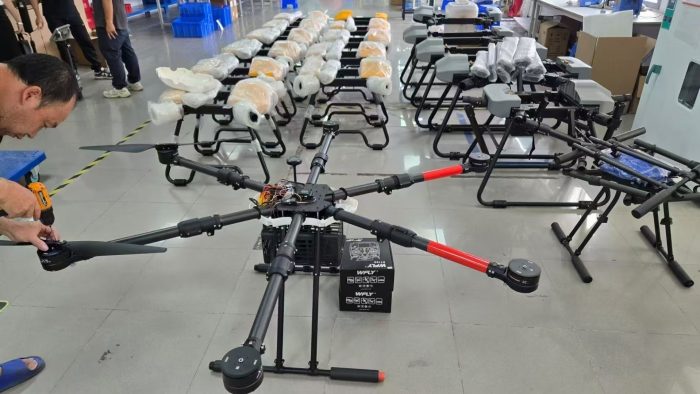

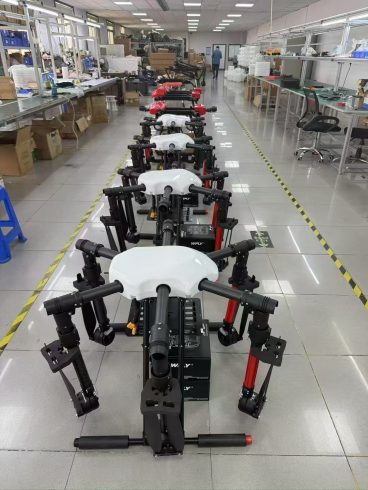
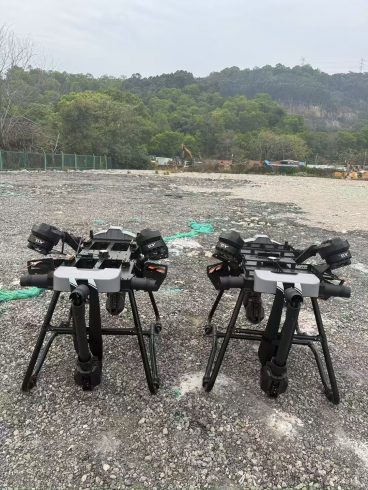
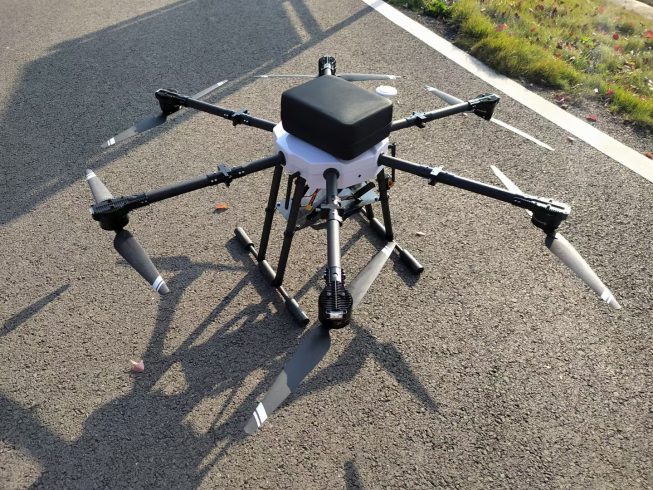
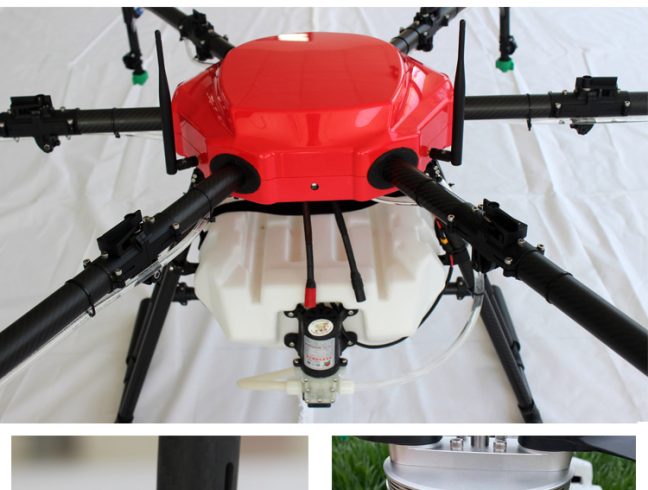

暂无评论内容